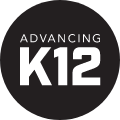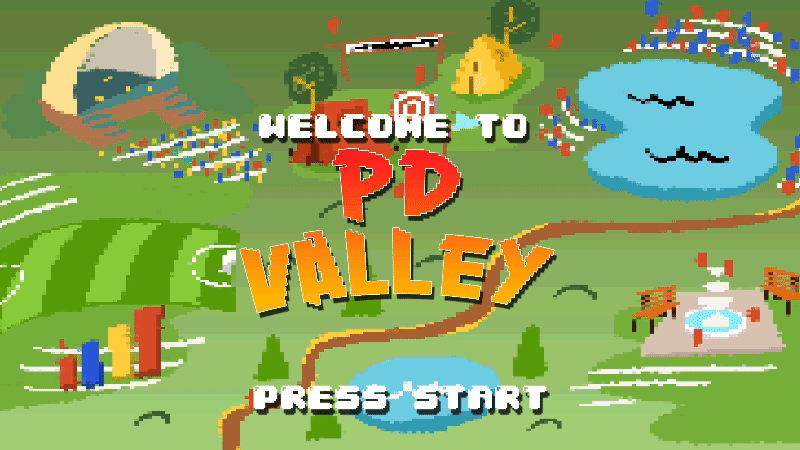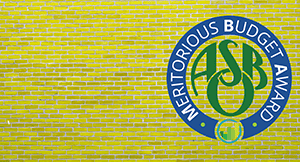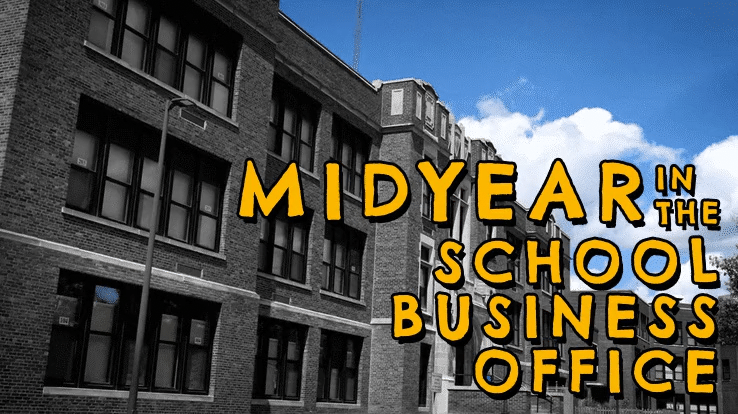Technology is Transforming Special Education
BY Advancing K12 Staff
A Smart Shelf.
Steereo, a navigation app that stores favorite routes.
Online coding lessons for people who are visually impaired.
Those are just a few of the innovations engineering students at the University of Michigan dreamed up as a result of their collaboration with India West, a 17-year-old student who is visually impaired.
Some of the most impactful applications of technology in special education are tailored to specific needs, but ordinary, everyday tech tools also hold great potential. Let’s see how technology, both custom built and commonplace, can be a game changer in the world of special education.
Custom Tech Solutions
From a Braille smartphone to a smart building, assistive technologies have a huge impact on the way kids with disabilities live and learn. The three tools below represent just a sliver of what’s possible when technology is custom designed for specific needs.Socially-assistive robots: One of the most forward-thinking innovations in this list, robots hold great potential for students with disabilities, including autism. Compared to humans, robots are more consistent and predictable, so they can help students practice social interaction without the pressure of a real social situation. Robots like the Leka social robot and the NAO Evolution Robot are already helping students with social and emotional learning, motor skills and movement, and sensory issues.
Proloquo2Go: Proloquo2Go is a widely-used augmentative and alternative communication (AAC) app that was designed to promote language development and communication skills. Success stories abound, including that of Kevin, whose family saw his most profound communication growth at the ages of 19 and 20, when he started speaking with Proloquo2Go on his iPad.
Braille technologies: This written language used by people with blindness or visual impairment is being ushered into the 21st century. A Braille-enabled smartphone transforms data into touchable patterns, including real-time images of maps, graphics, and facial expressions. 3D-printed Braille picture books and a touchscreen Braille writer allow students to experience the same educational content as their peers.
Everyday Tech Tools
Many of the most helpful technologies for students with special needs are mainstays of a 21st century classroom. Beyond helping students fit in with their peers, these everyday tech tools have the potential to improve accessibility, enhance communication, and help students foster better relationships.iPads: The all-around MVP award goes to the iPad. It may take a while for the research to fully catch up to practice, but there’s no denying that iPads – and the thousands of associated apps – have staying power in the world of special education. Recent studies indicate that iPads can improve classroom learning and student engagement alike, and with apps available like Video Scheduler, Sosh, and the rest of the immense Special Education app collection, the possibilities are endless.
Mobile devices: As BYOD becomes the norm, don’t overlook the possibilities mobile devices offer students in special education. Most mobile devices come with built-in assistive features such as text-to-speech software, zoom, autocorrect, and AssistiveTouch, and can be personalized for each user’s needs.
Social networks & social tools: There’s a reason teens with and without disabilities flock to social media: in-person social interactions can be difficult. Social challenges are magnified for kids who have trouble looking people in the eye or processing situations quickly, and social media can offer a much-needed buffer of time and space. Thoughtful and careful social media use can expand students’ worlds and can be part of many students’ transition plans. Picture-based networks like Instagram and social tools like Skype are highly engaging and allow students to share their interests and make connections beyond the classroom.
Bonus – Tech for the Special Ed Teacher
For a special educator, finding the right tech for the right situation is reason to celebrate. Even small reductions in paperwork and improvements in communication can move mountains. Here are three ways tech helps teachers:IEP management systems: Without a doubt, a good IEP management system is at the top of most teachers’ lists. Your setup should help you track team evaluations and findings, keep an eye on important dates, and share pertinent information with parents, teachers, and students. Extra points for color-coding, interactive checklists, and easy-to-read graphs and charts.
Communication tools: Emails and notes home can work in a pinch, but communication apps like Class Dojo have many perks. Teachers can use features like calendars, prompts, and checklists. Some tools enable better student-teacher collaboration and include sophisticated reporting features that make it easier to see improvement over time.
QR Codes: Those little black-and-white splotchy squares? Yes, those! Many teachers swear by QR codes as an effective way to overcome communication barriers. Within minutes, you can create QR codes that help students easily and independently access information, ask questions, and make requests.
Technology can help every student, but kids with special needs – and their teachers – might have the most to gain. At the heart of innovation is collaboration – imagine the possibilities!
Want to keep a closer eye on emerging K-12 technology trends? Subscribe to our Advancing K-12 EdTech newsletter below.
WHAT'S NEXT FOR YOUR EDTECH? The right combo of tools & support retains staff and serves students better. We'd love to help. Visit skyward.com/get-started to learn more.

|
Advancing K12 Staff Edtech Thought Leaders |




